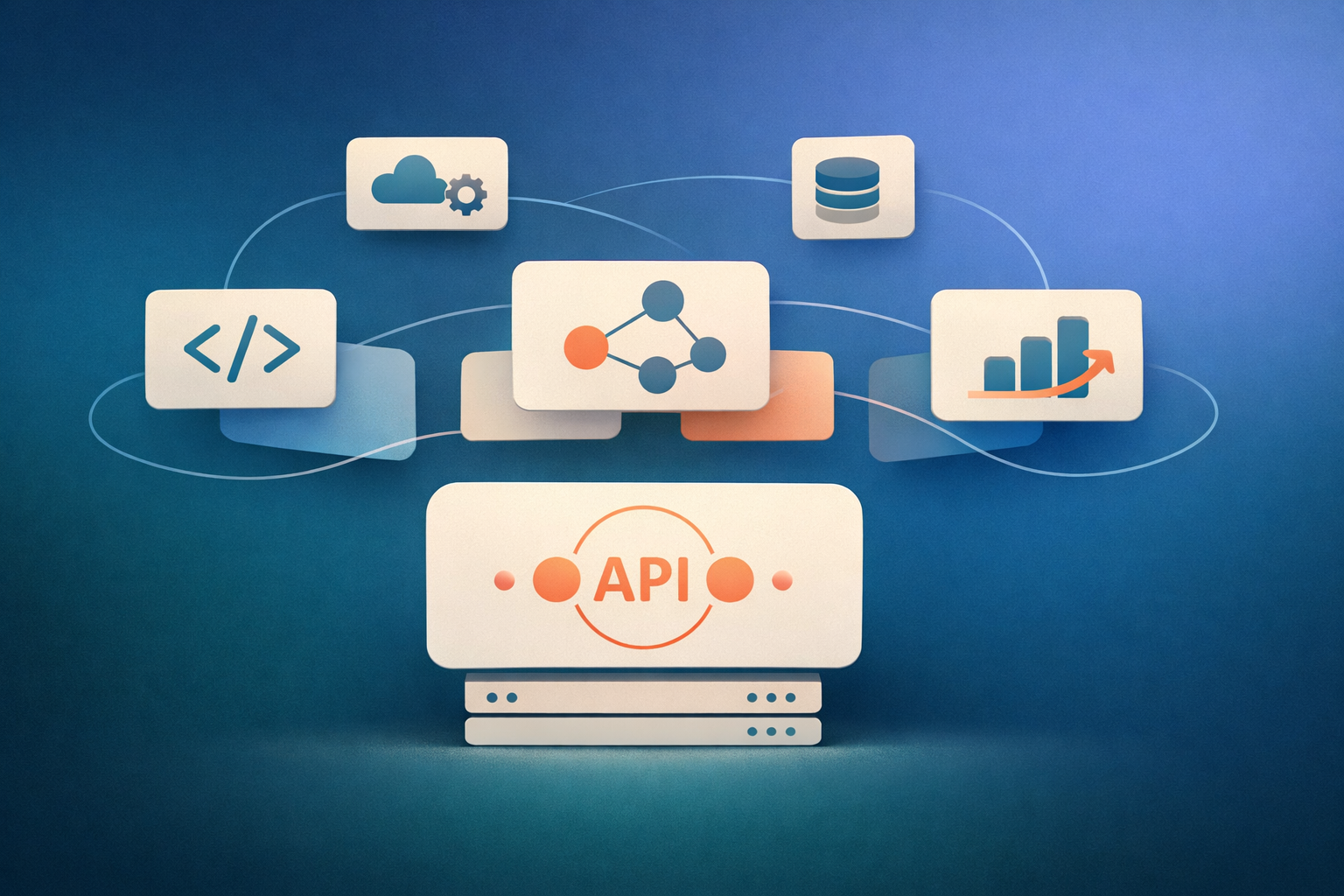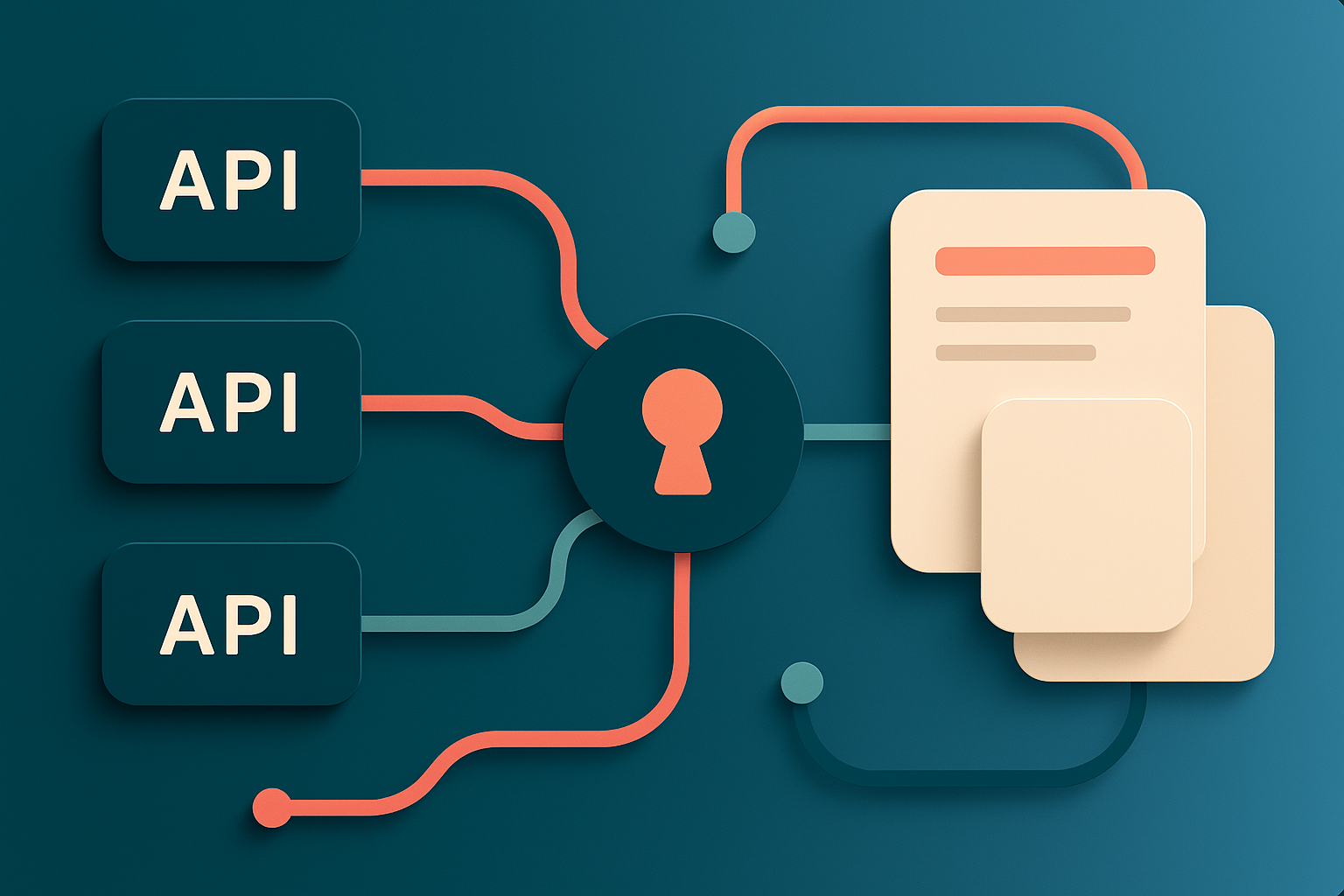It’s easier to get adoption for integrations than new product features. This is a fact I uncovered as a product marketer in 4 different SaaS companies.
Why? Because customers are constantly requesting new integrations. Co-marketing brings bigger audiences to webinars. Integrations allow you to piggyback on bigger brands for awareness. And integrations actually drive new customers into your pipeline.
Yet I notice a reluctance to hire integration product marketers or even create a promotional plan for new and popular integrations. Which is a huge missed opportunity for most B2B SaaS companies, and many others as well.
So, in this post, let me convince you that your integrations need to be a regular part of your GTM efforts, with their own launch and ongoing promotional plans.
10 reasons to promote integrations like core product
Here’s what promoting integrations like core product looks like:
- Have features pages on your site? Then create integrations pages.
- Send feature announcement emails? Then you need to send new integration announcements.
- Promote features in your onboarding emails? You should include integration recommendations.
Simply put, you should promote your integrations like you would promote any other popular feature or upsell product. And I have 10 clear reasons why.
Jump ahead
- Integrations are the #1 most important factor for SaaS buyers in core verticals
- Integrations can fill out your feature release schedule
- Your customers ask for integrations
- Customers who use 5+ integrations are 60–80% less likely to churn
- Co-marketing with integration partners broadens your market reach
- Integrations can be a competitive advantage
- Your integrations can solve for additional use cases
- Build reciprocity and relationships with your tech partners
- Create content to rank for high-intent leads
- Drive PLG upgrades
A 2024 G2 report on buyer behavior uncovered this fact: Integrations are a #1 buyer consideration for customer service, marketing, sales & customer success software.
So if you’re selling a CRM, sales tech, martech, or CS tool, your new buyers care about your integrations more than ANYTHING ELSE — including security, ease of use, or even scalability. This is a fact you probably know, but don’t necessarily think about.
Are you in a different vertical? Consider this: A report by Gartner uncovered that integration with an existing tech stack is the #3 most important factor for buyers choosing a SaaS provider.
Imagine you have an integration that would work perfectly within a prospective buyer’s tech stack, but they can’t find it and move on to a competitor. You need to be promoting these integrations properly, or you could risk losing existing sales.
People want your product to have the right integrations, and it shouldn't be entirely on your sales team to do that education. Promote your integrations heavily and they will work to sell your product.
All product marketers and product managers know that regular product releases earn trust. If you’re making updates regularly, it means you’re focusing on customer needs – resulting in brand advocates, reduced churn, and even referrals.
But engineers and developers aren’t always pushing out new features on a regular schedule. They often need to spend time on tech debt, infrastructure projects, and bug fixes – i.e. features that aren’t interesting or promotable to customers.
Since integrations are fast to build (especially if you employ an iPaaS or tech partners to crowdsource them) they can be used to supplement your product release schedule. Promote integrations and your customers will feel like you are still releasing tons of features all the time, while your team works on bigger or back-end projects.
Far past just showing that you release a lot of features, integrations can be one of the things most requested by users. When’s the last time you checked support requests for new integrations. Go take a look and you’ll understand why you should shout to the rooftops when you add a new one!
Many integrations are built and released silently, which could mean your users don’t even know they exist. Make sure you promote them just as heavily as your core product features since you want them used just as aggressively.
Reducing churn is crucial to the success and growth of any business. That’s why it’s usually a goal for customer success, product teams, and even sales and marketing teams.
Integrations reduce churn. Research proves that users with one integration installed, customers are 30% less likely to churn. And by the time they’re up to 5 or more integrations, they are 60-80% less likely to churn. Which makes sense: It’s difficult to pull one product out of an integrated tech stack.
Promoting integrations results in installations and use. So get out there and start making your current customers aware of the integrations they could be installing now.
Marketing new features outside of your user base and audience requires market research and ad spend – and you still have to convince new people to care.
But when you co-market an integration with your tech partner, you can promote to both audiences for free – at least doubling your reach. Your tech partner’s users already know and trust them and will be far more likely to engage with your case study, webinar, or organic social content promoting the integration.
Ultimately, through this integration you’re expanding your market into the users of the platform you integrate with. And getting a warm introduction. So don’t miss out on any co-marketing opportunities from your ISV partners.
If buyers consider a certain integration a top 3 consideration, having that integration can give you a serious advantage over competitors who don’t have it. But not necessarily if it’s not discoverable.
So run a promotional campaign to make sure all of your integrations are easy to find – on your site, on search engines, and even in your public documentation if the integration has a complex setup or specific data flows.
And make sure you have a public marketplace with apps and integrations where prospects can search for and learn about the integration they need.
Your product might offer best-in-class solutions to your users, but that doesn’t mean it does everything. In fact, it’s impossible to be best-in-class and all-in-one at the same time.
By integrating, you can offer additional use cases through the platforms you integrate with, expanding your users’ ability to get value out of your product.
Let your users know how they can get additional value through regular promotion of your integrations.
Co-marketing campaigns surrounding your integration don’t just benefit you – they also benefit your partner who is seeing an expanded market as well. It’s literally a win-win for you to run a promotional campaign around the integration between your products, no matter who built it.
So get in touch with their product, marketing, or partnerships teams and create a webinar, case study, blog exchange, or co-event plan.
By simply creating a listing page for your integrations and/or writing a blog post and case study, you could be bringing in leads who are ready-to-buy.
Down funnel prospects are searching for something like “marketing software + Salesforce integration.”
Do you have a marketing tool with a Salesforce integration? Make sure your content reflects that so you can capture, educate, and convert those high-intent leads. Better yet, have an SEO optimized app marketplace that is guaranteed to rank for those search terms.
If you offer integrations at different product tiers, an integrations campaign could work to upsell your customers. Highlighting the value of your integrations to users will result in them needing an upgrade to a paid plan or even the next pricing tier in order to access it.
For integrations charged on a per-use basis, regular campaigns are a win-win. Customers get the added value the integration drives and you get more revenue from usage.
Need an easy, evergreen solution to integrations promo? How about an app marketplace?
Promoting integrations like core product is crucial, but adding additional campaigns onto your already busy release schedule can feel overwhelming.
A scalable solution could be an app marketplace that allows you and your partners to create listings that drive awareness and adoption for your integrations. Interested? Book a demo to learn how Partner Fleet can help.




